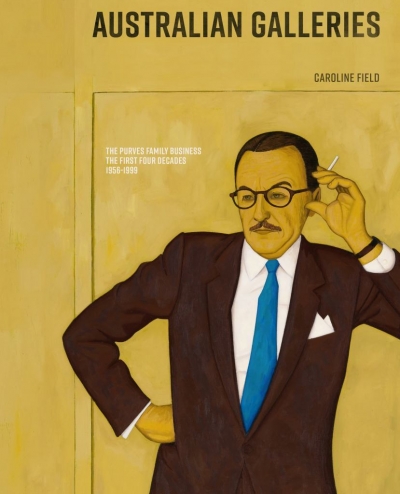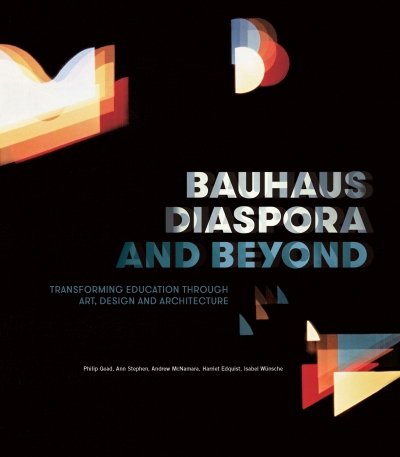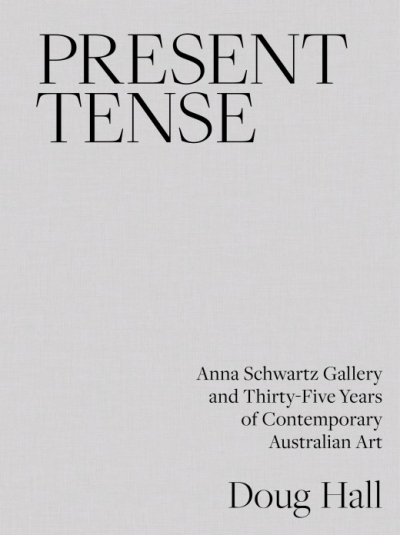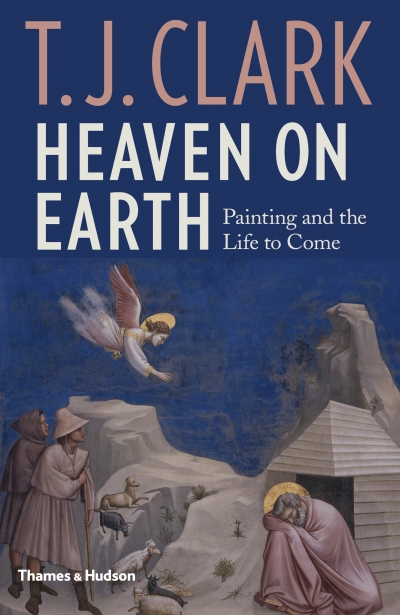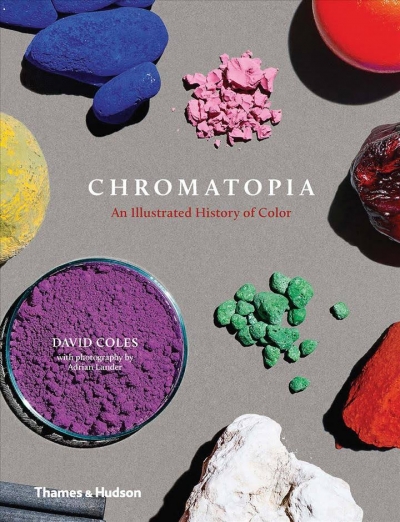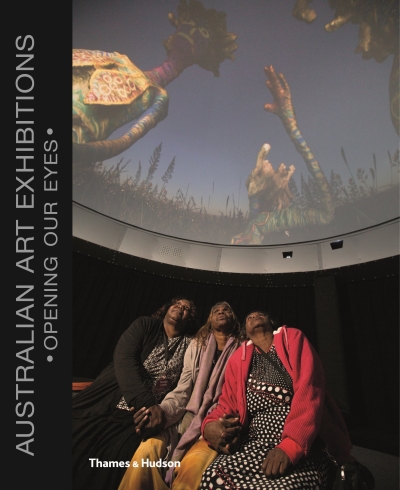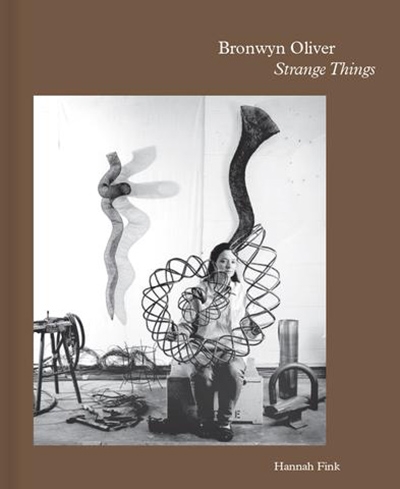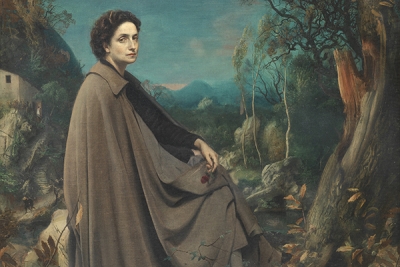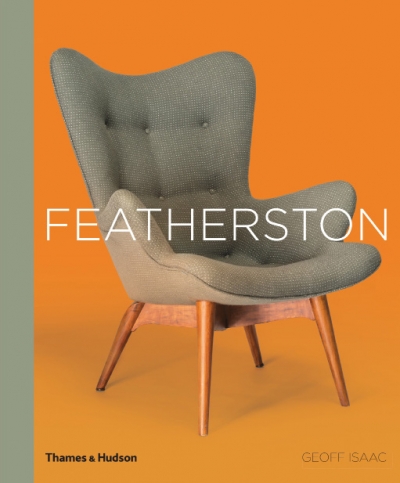Arts
Australian Galleries: The Purves family business: The first four decades 1956–1999 by Caroline Field
by Sheridan Palmer •
Bauhaus Diaspora and Beyond: Transforming education through art, design and architecture by Philip Goad et al.
by Christopher Menz •
Present Tense: Anna Schwartz Gallery And Thirty-Five Years Of Contemporary Australian Art by Doug Hall
by Sophie Knezic •
Heaven on Earth: Painting and the life to come by T.J. Clark
by Christopher Allen •
Chromatopia: An illustrated history of colour by David Coles
by Simon Caterson •
Australian Art Exhibitions: Opening our eyes by Joanna Mendelssohn et al.
by Ron Radford •
A Window on Italy – The Corsini Collection: Masterpieces from Florence (Art Gallery of Western Australia)
by Iva Glisic •
26 February 2018
The final week of February in Australia means, among other things, that another summer is almost over. Yet in contrast to the fleeting nature of lived experience, a new exhibition at the Art Gallery of Western Australia calls attention to the enduring power of art to capture and convey human passions ...
... (read more)
